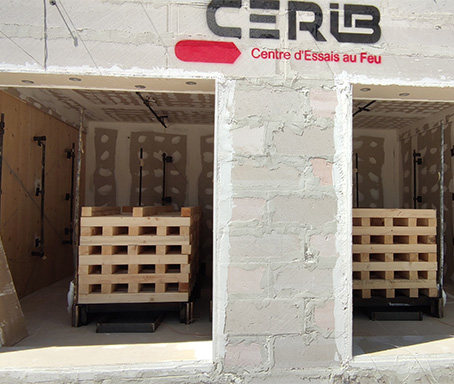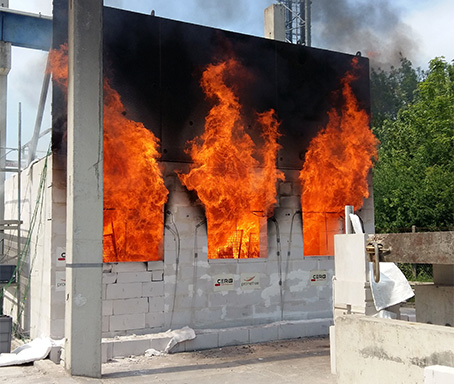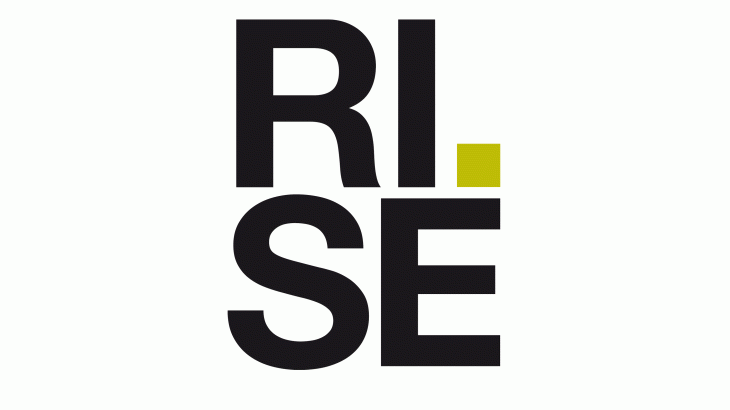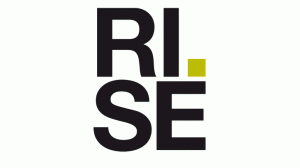



EXECUTIVE SUMMARY
The « Épernon Fire Tests Programme » is a multi-partner collaborative research project launched in 2017. The project seeks to understand the links between normative fire resistance ratings and real fire performance in buildings. The project has several objectives, such as quantification of the energy participation of combustible materials in standard furnace tests, the influence of combustible surfaces and ventilation factors on the dynamics of compartment fires (including external flaming), the influence of the fire exposure, the area of exposed combustibles surfaces and the ventilation conditions on the performance of passive protection layouts, and the thermomechanical behaviour of structures under standard and natural fires.
The project is structured in two Phases:
Phase 1 – Tests with combustible or non-combustible structures
In Phase 1, the experimental campaign included fire testing of two different loaded structures, ceiling slabs made of cross-laminated timber (CLT) and ceiling slabs made of reinforced concrete. These two types of slabs were tested both in standard fire resistance (i.e. furnace) tests, and in compartment fire experiments with timber cribs as a fuel load. Three opening factors were tested. The campaign was conducted at the CERIB testing facility in Épernon, France.
All data and test reports are available for download.
Phase 2 – Partially protected CLT compartments
In Phase 2, the experimental campaign included five large scale tests of timber compartments made of timber walls and ceiling, the interior surface of which was protected with different gypsum boards layouts (2*18 mm GBs or 2*25 mm GBs). Three opening factors were tested, and two types of mechanically loaded ceilings were investigated (CLT and timber-frame assembly). Furnace tests were also conducted to assess the performance of the gypsum board layouts under standard fire exposures (ISO fire and hydrocarbon fire). The campaign was conducted at the CERIB testing facility in Épernon, France.
Project Team
The tests are performed in the framework of a collaborative partnership involving the following collaborating authors:




















